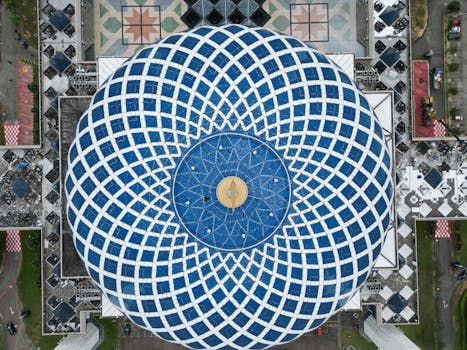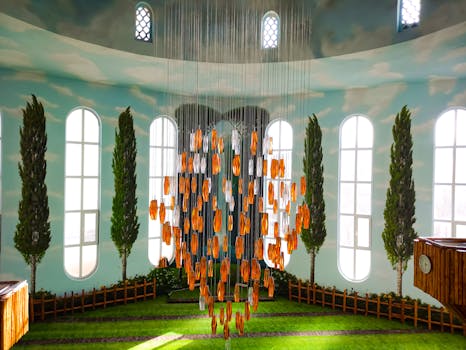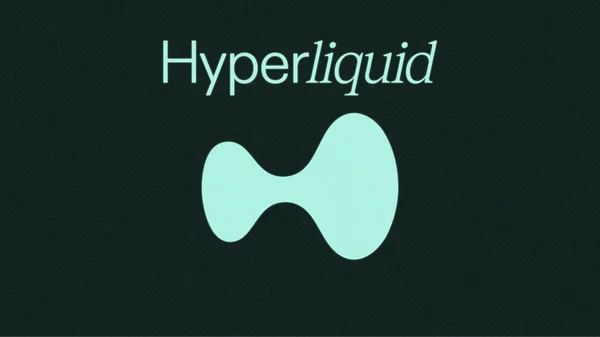
Introduction

Heritage meets modern vision at the intersection of tradition and innovation. This article delves into how contemporary designs and technologies honor historical significance while paving the way for future advancements. Understanding this balance is crucial for architects, designers, and anyone interested in the evolution of cultural spaces.
Section 1: The Importance of Heritage

Heritage represents the collective memories and identities of communities. It provides a sense of belonging and continuity, which are essential for cultural preservation. By integrating heritage into modern practices, societies can maintain their unique identities while adapting to changing times.
Section 2: Modern Vision in Architecture

Modern architecture often utilizes cutting-edge materials and techniques to create innovative designs. However, the successful integration of heritage involves thoughtful consideration of historical context. Architects can draw inspiration from traditional styles while implementing modern functionality, resulting in buildings that pay homage to the past.
Section 3: Case Studies of Successful Integration

Numerous projects worldwide exemplify the harmonious blend of heritage and modern vision. For instance, the renovation of historic buildings into contemporary spaces showcases how old structures can evolve without losing their soul. Restaurants, museums, and public spaces that celebrate their heritage attract visitors and foster community engagement.
Section 4: The Role of Technology

Technology plays a vital role in preserving heritage. Digital archiving, virtual reality, and augmented reality applications enable people to explore historical sites and narratives in new ways. These technologies can enhance educational experiences while encouraging a deeper appreciation of cultural history.
Takeaways

- Heritage provides a foundation for identity and continuity.
- Modern architecture can respect and incorporate traditional elements.
- Successful case studies demonstrate the benefits of this integration.
- Technology enhances the preservation and appreciation of heritage.
Conclusion

In conclusion, the fusion of heritage and modern vision creates enriching experiences that honor the past while embracing the future. By valuing both perspectives, communities can foster innovation in design and cultural practices, ensuring that history is not only preserved but also celebrated in contemporary contexts.





